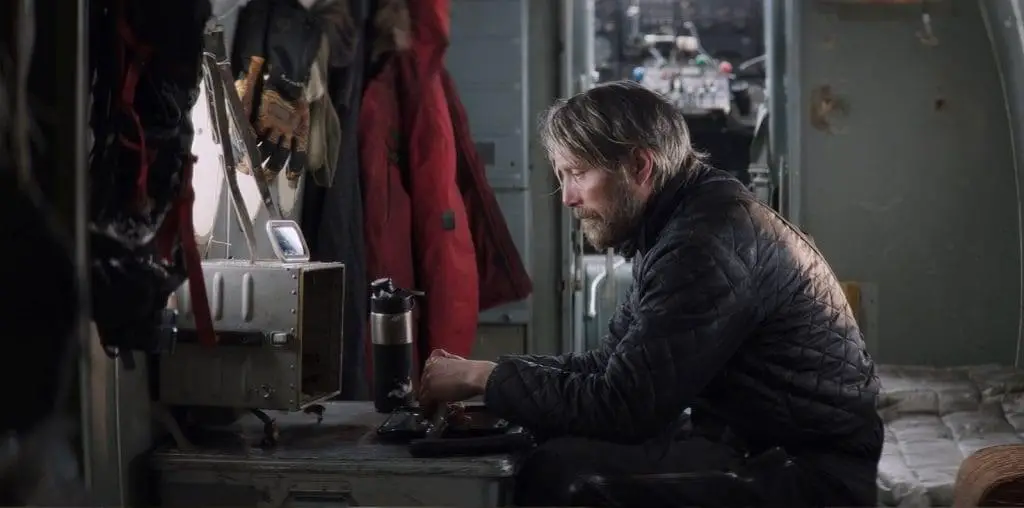
It is not uncommon to look upon a performance and think to yourself: “Nobody but so-and-so could be better in that role!” Surprisingly enough, film history is marked with repeated cases of performers turning down plum roles, which other actors took for fame and fortune.
While this is by no means a definitive list, this is nonetheless a healthy sized iceberg tip of great roles that were either tossed or were lost…plus a few examples of smart stars who made wise decisions on less-than-stellar scripts.
AND THE OSCAR DOES NOT GO TO…
The history of the Academy Award is pockmarked with repeated cases of Oscar-winning and Oscar-nominated performances where the celebrated roles were originally turned down by other stars. Among the most notable cases are:
Barbra Streisand turned down both “They Shoot Horses, Don’t They?” (1969) and “Klute” (1971). Jane Fonda took both roles, respectively earning an Oscar nomination and the Best Actress Oscar and relaunching her career as a serious dramatic actress after years of sex kitten parts.
Angela Bassett turned down Monster’s Ball (2001) and Halle Berry snagged the part, becoming the first African-American to win the Best Actress Oscar.
Kirk Douglas turned down the leading roles in “Stalag 17” (1953) and “Cat Ballou” (1965). William Holden and Lee Marvin landed both parts, which earned each man the Best Actor Oscar.
Rod Steiger turned down “Patton” (1970), which George C. Scott inherited as his Best Actor Oscar. Scott, in turn, rejected the script for “The Godfather” (1972) and enabled Marlon Brando to win the Best Actor Oscar.
Cary Grant turned down the part of Henry Higgins and James Cagney turned down the part of Mr. Dolittle in “My Fair Lady” (1964). Rex Harrison and Stanley Holloway, who originated the roles in the Broadway production, reprised their parts to receive the Best Actor Oscar and a Best Supporting Actor nomination. Julie Andrews, also from the original Broadway production, lost the film role to Audrey Hepburn, but she won her Oscar-winning role the same year in “Mary Poppins” (1964) thanks to Mary Martin declining the part.
French theatrical actress Lila Kedrova was a last-minute substitute for ailing Simone Signoret in “Zorba the Greek” (1964), winning the Best Supporting Actress Oscar for her film debut.
Burt Lancaster turned down “Ben-Hur” (1959) and Charlton Heston drove the chariot to his Best Actor Oscar.
Joan Fontaine brushed aside the offer to play Melanie in “Gone with the Wind” (1939) in order to pursue the role of Scarlett O’Hara. Her sister Olivia de Havilland took the role and earned a Best Supporting Actress nomination. Fontaine lost her coveted role to Vivien Leigh, but later snagged the title role in “Jane Eyre” (1943) when Leigh declined the role.
Jennifer Jones did not want to play the lead in “Anastasia” (1956). Ingrid Bergman, whose Hollywood career was wrecked in 1949 due to a romantic scandal, was offered the part, won the Best Actress Oscar, and scored a remarkable Hollywood comeback.
An even greater comeback was afforded Frank Sinatra when Eli Walloch turned down the part of Maggio in “From Here to Eternity” (1953). Sinatra’s aggressive lobbying for the part paid off and his Best Supporting Actor Oscar ricocheted him back to stardom.
Another comeback was enjoyed when Art Carney won the Best Actor Oscar for “Harry and Tonto” (1974), a role turned down by Frank Sinatra, James Stewart and Laurence Olivier.
And yet a more astonishing comeback occurred when an ailing Jack Benny was forced to withdraw from “The Sunshine Boys” (1975). Benny urged that his dear friend George Burns get the part, which he could not fulfill. Burns, who had not been in films in 1939, won the Best Supporting Actor Oscar and saw his career reborn.
More rejections in part two of TURNING DOWN A PLUM ROLE>>>
